Life in a rock pool
by Ailsa Harvey · 29/04/2020
Rock pools may only be small bodies of water, but they are full of marine life
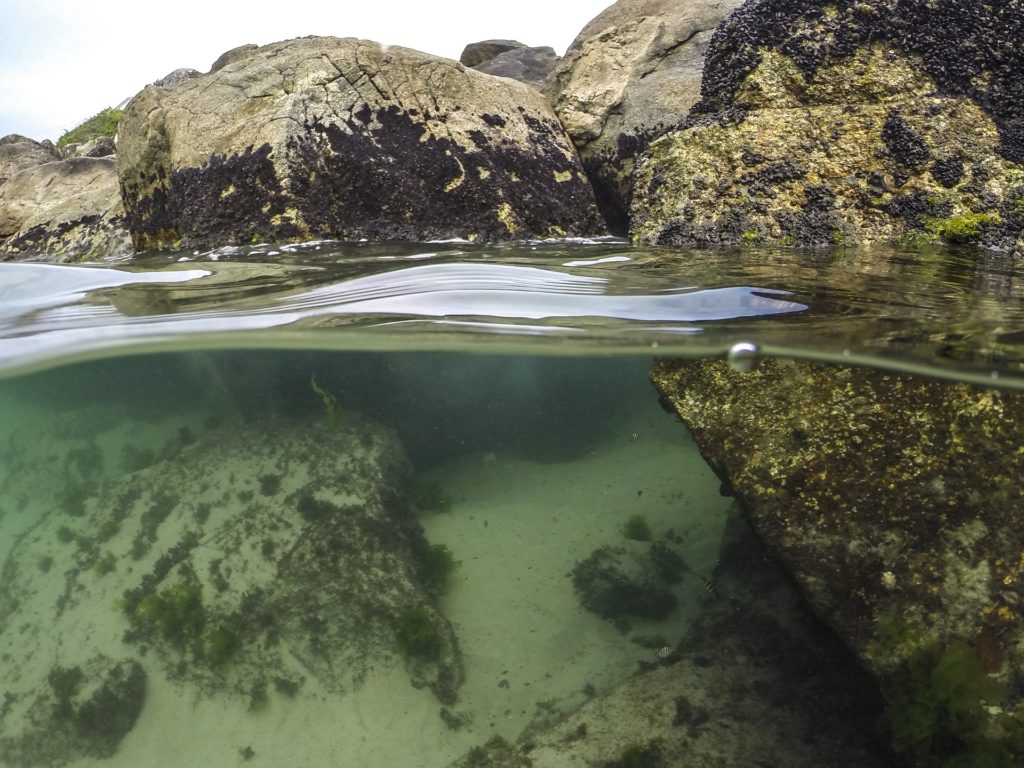
(Image source: Pixabay)
Rock pools are coastline ecosystems found in the intertidal zone of many beaches around the world. They are pools of water found on rocky shores where water fills crevasses during high tide and the water remains there in pools at low tide. These pools can be various shapes, sizes, and depths and are found both high and low on the shore.
Rock pools are teeming with plant and animal life and it is the interaction between all of these and their adaptation to this environment that makes each pool an ecosystem of its own. The plants within these rock pools perform the crucial process of photosynthesis, which not only keeps them alive but also produces oxygen needed for the other life forms living alongside them.
The deeper pools can provide homes for those animals that need to be constantly submerged. Fragile organisms such as sea slugs and pillow weed also take advantage of the shelter from the waves offered within these pools. Animals that don’t need to be constantly covered in water can often be found higher up the pools. Many use the cracks in the rocks as shelter and are able to store enough water within themselves to survive between tides.
Conditions within the pools can be varied as they are affected by the incoming and outgoing tides as well as their position on shore. Those high on the shore are replenished less often and as a result can provide much tougher environments while those close to the sea can sometimes remain totally submerged. In between these two extremes, pools are uncovered and submerged with the twice-daily tides.
What lives there?
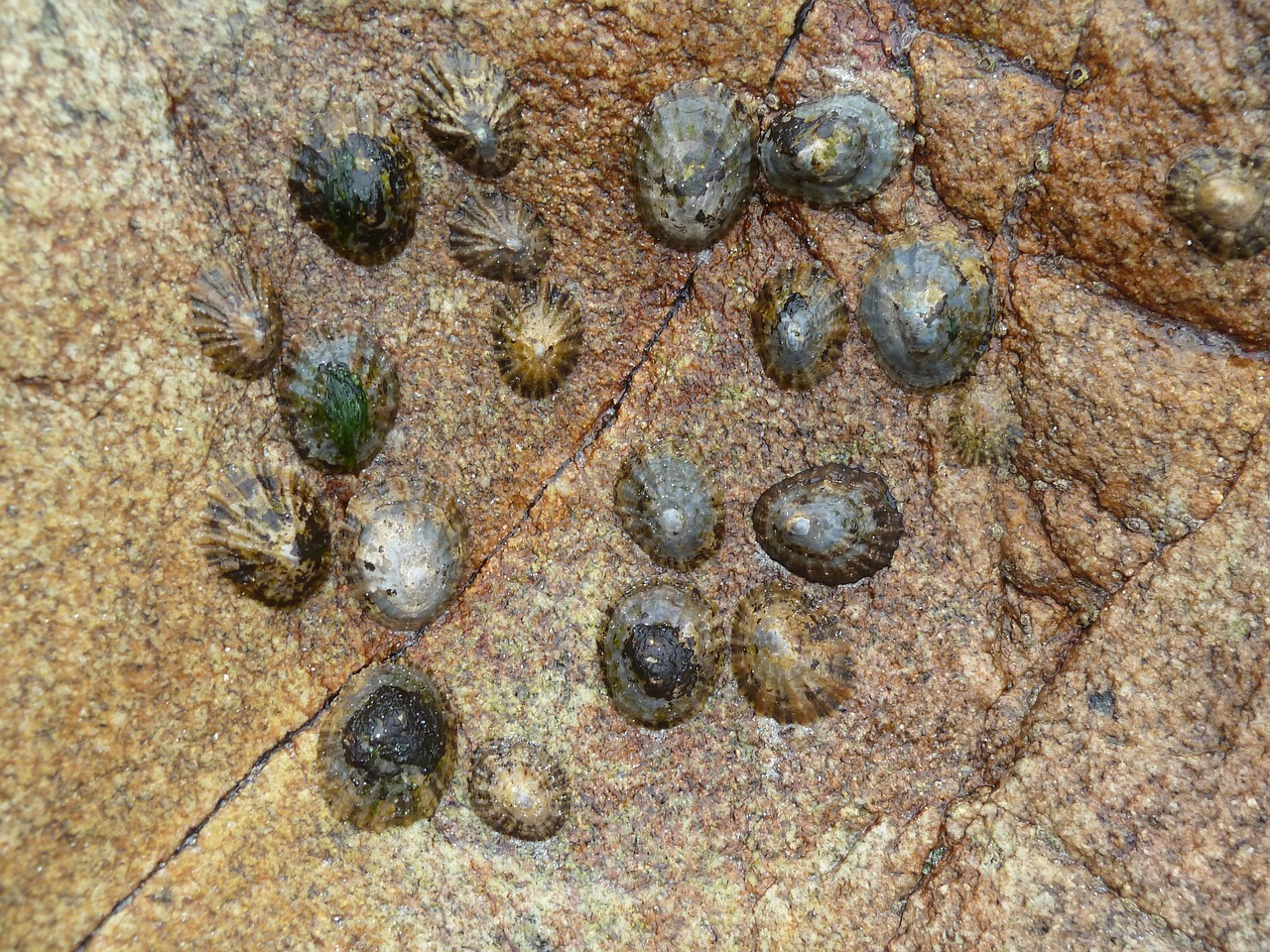
Limpets
When the tide is out, limpets fit tightly to the rock, trapping a little water behind them to prevent them from drying out.
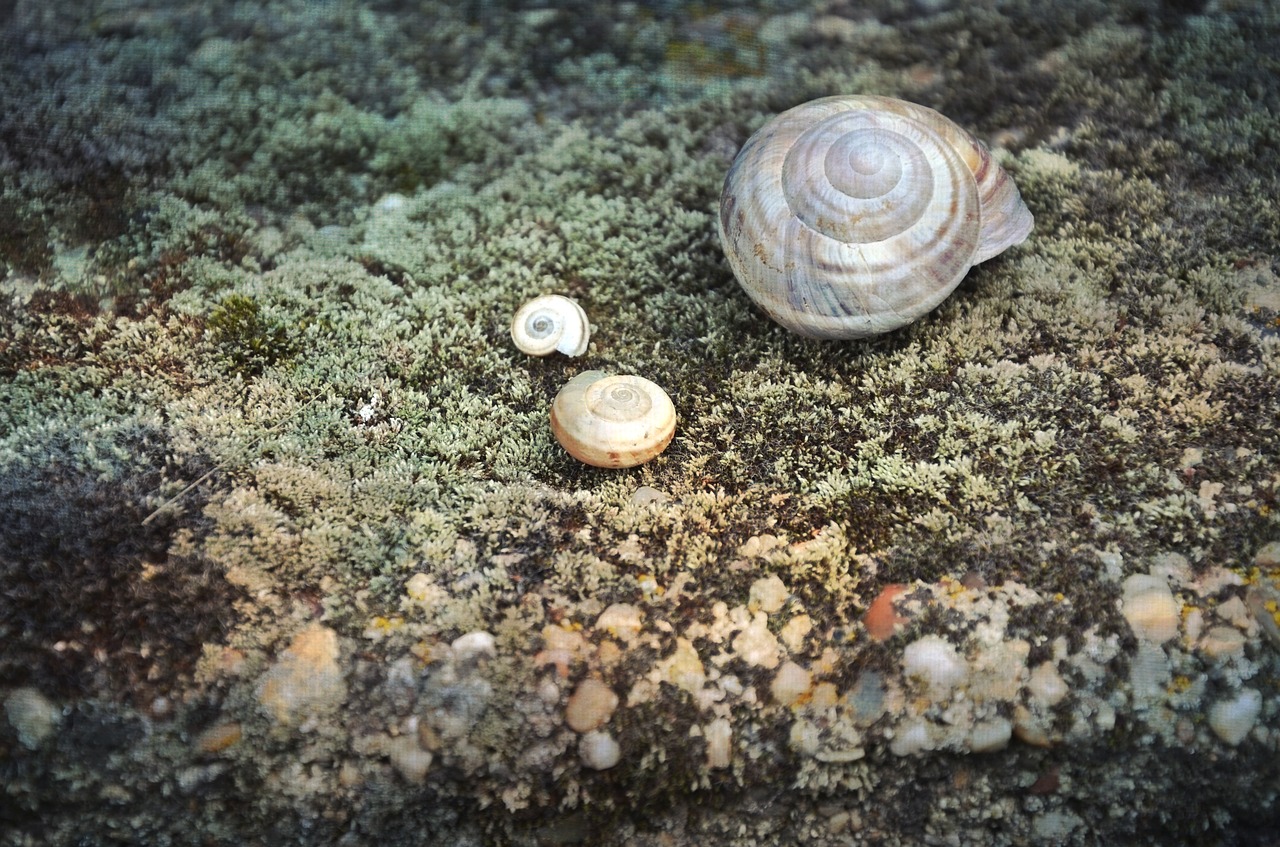
Marine snails
These snails hide underneath the seaweed to protect themselves from predators and to maintain moisture to prevent them from drying out at low tide.
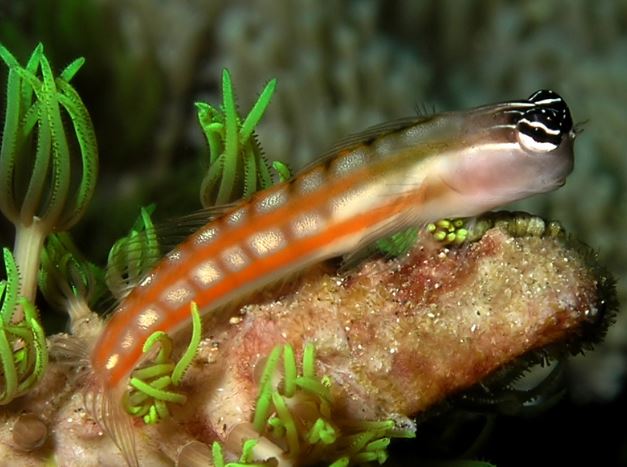
Common blenny fish
This fish has a thick layer of slime instead of scales to help it slide between sharp rocks and stop it drying out if caught out of water between tides. (Image credit: Nick Hobgood)
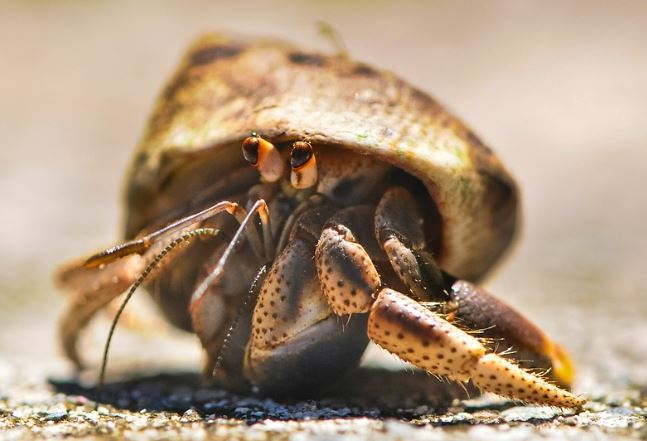
Hermit crabs
These crabs protect their soft bodies from predators in this tough environment by climbing inside the discarded shells of other creatures and using them as their own.
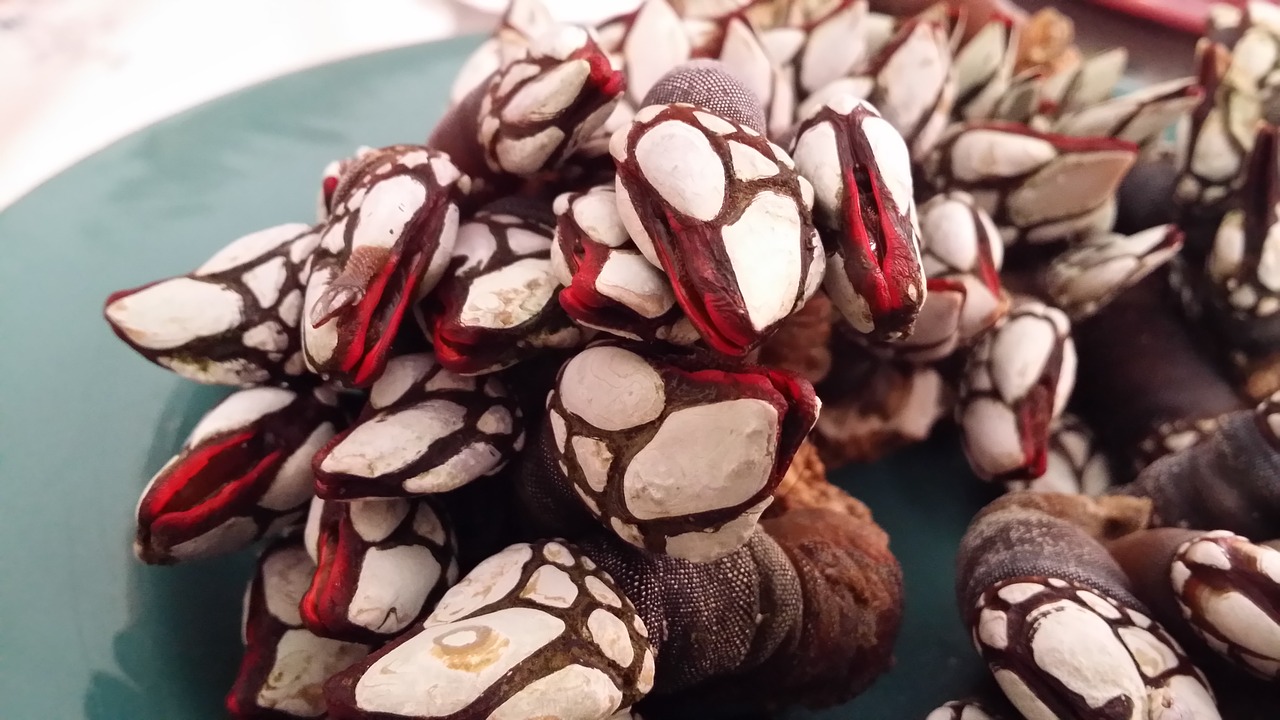
Goose barnacles
These are able to live in rock pools because they can easily live without water during times of low tide. They do not have gills that get oxygen from the water.
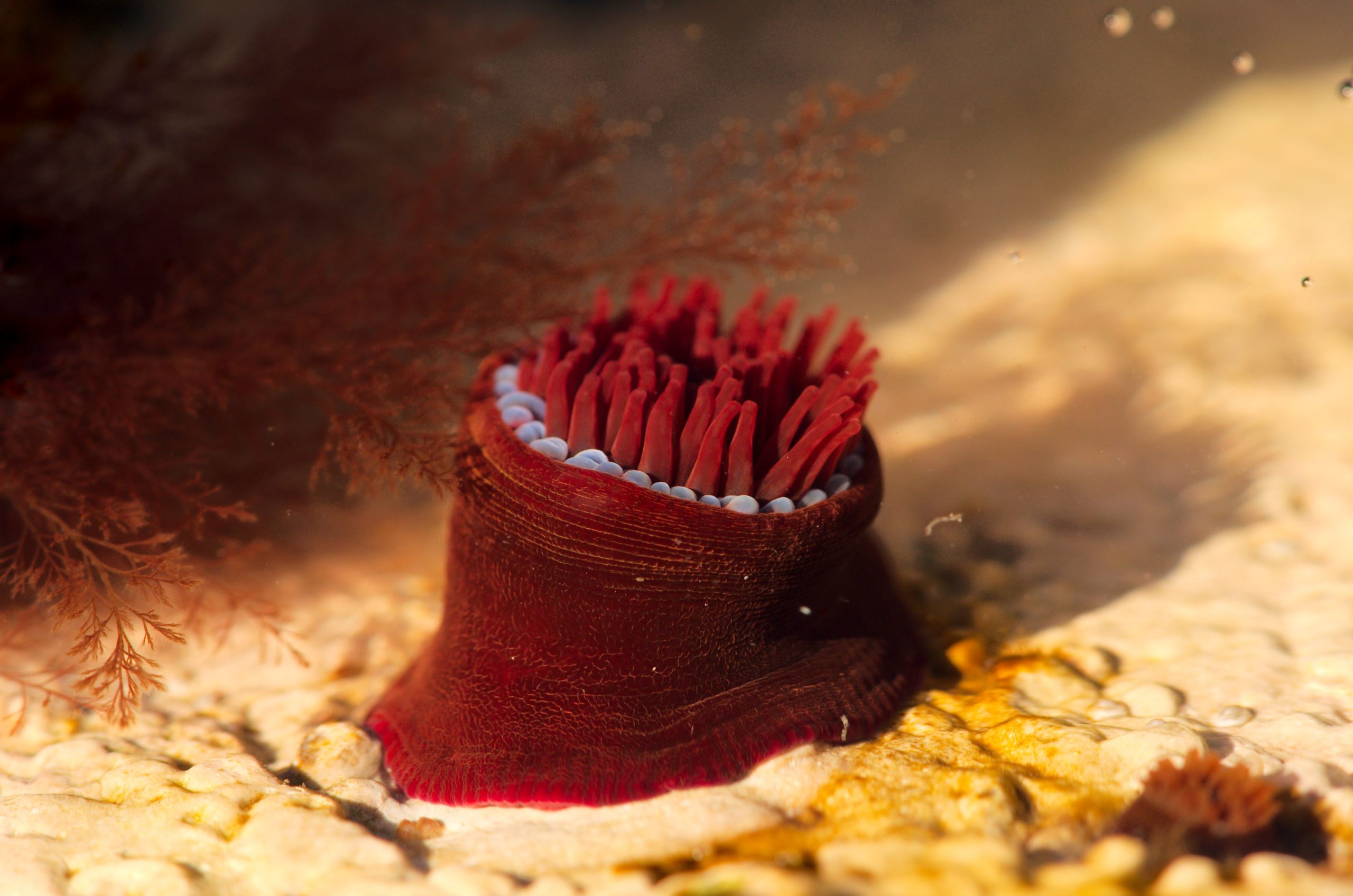
Beadlet anemones
These live on the upper levels of the pool and while the tide is out, they retain moisture by keeping their mouths closed and tentacles tucked in. (Image credit: Marsupium Photography)
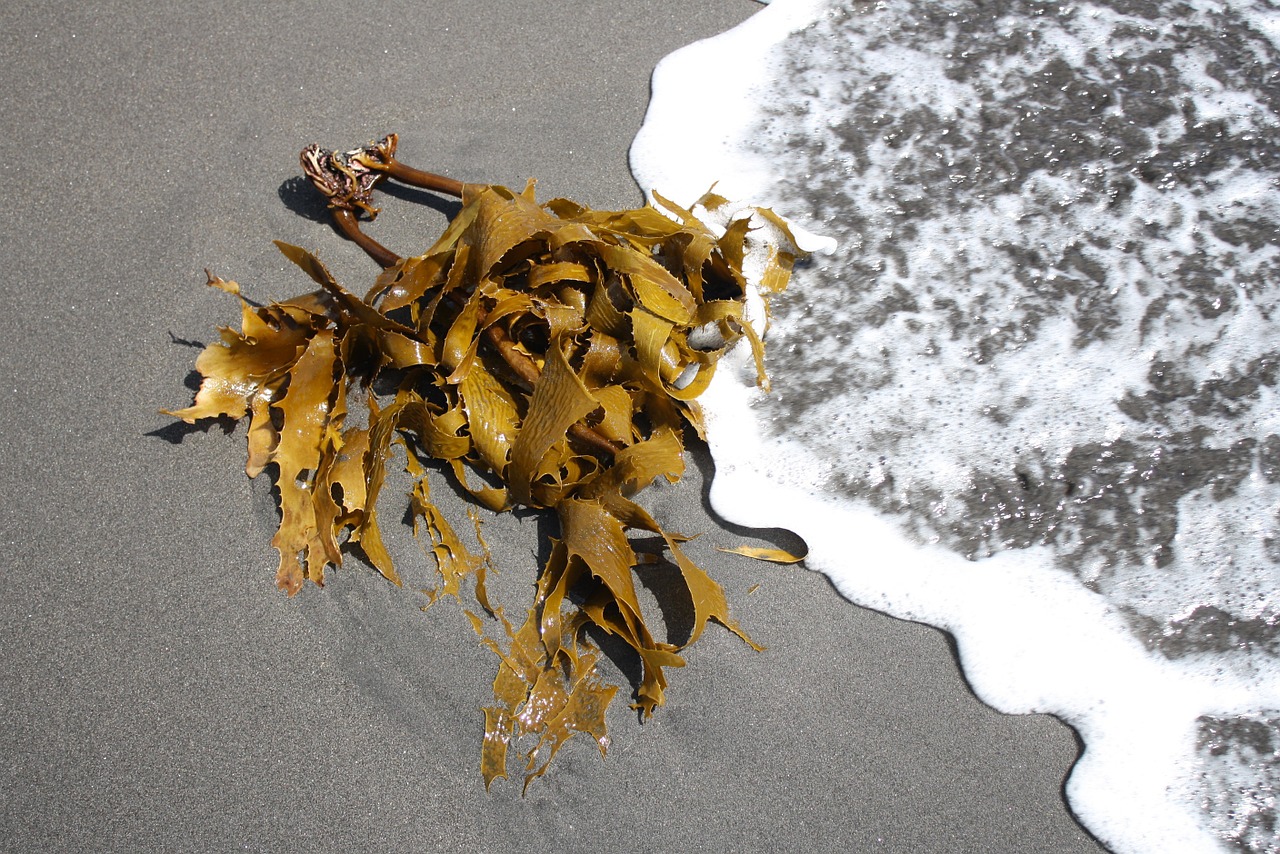
Kelp
This brown seaweed is reliant on photosynthesis, so to be able to live in shallow waters with access to direct sunlight suits its desired conditions.
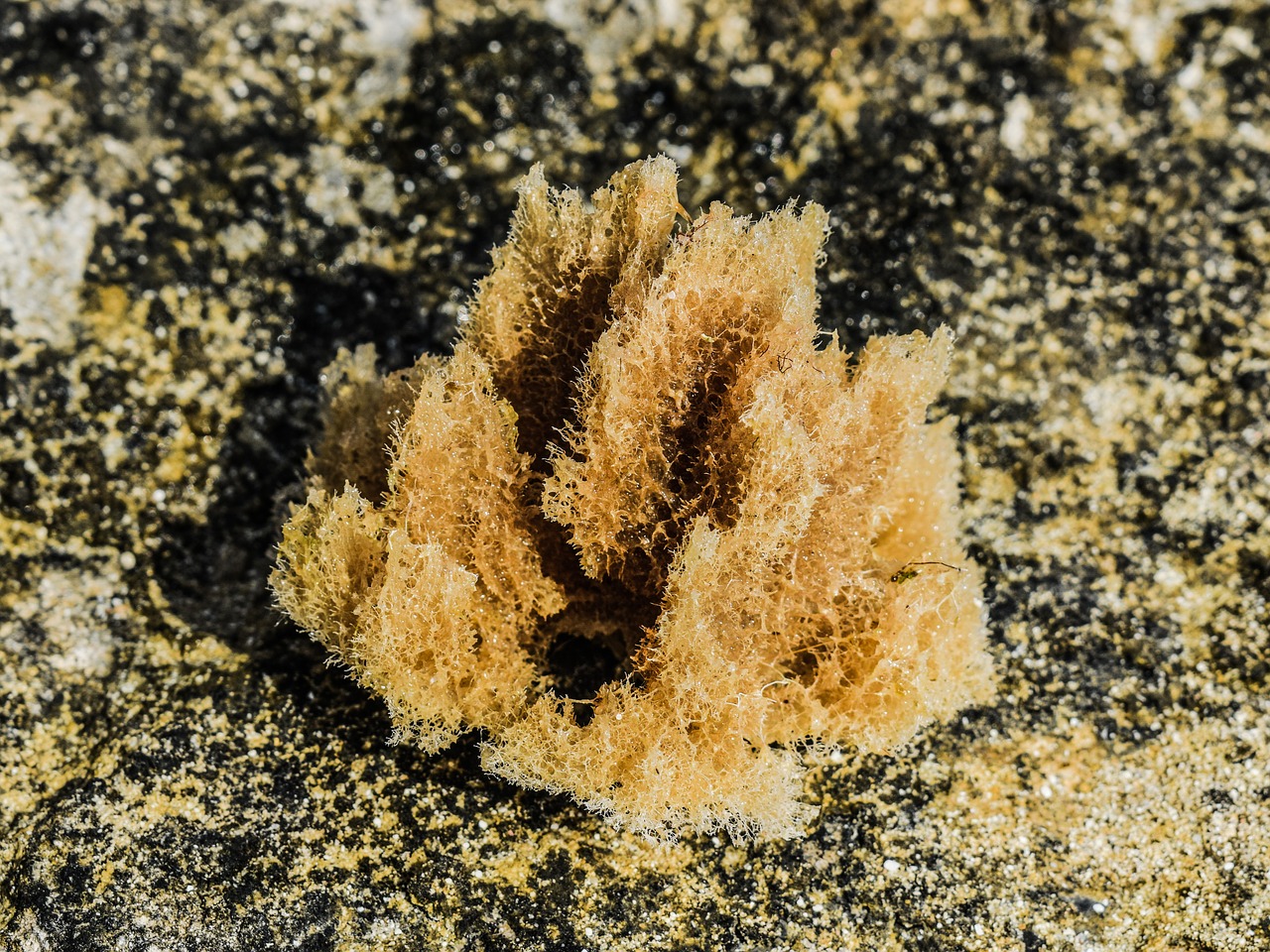
Sponges
Sponges are very adaptive and resilient and so perfect for living in these varied conditions. They can constrict their openings to control the amount of water that flows through them during tides.
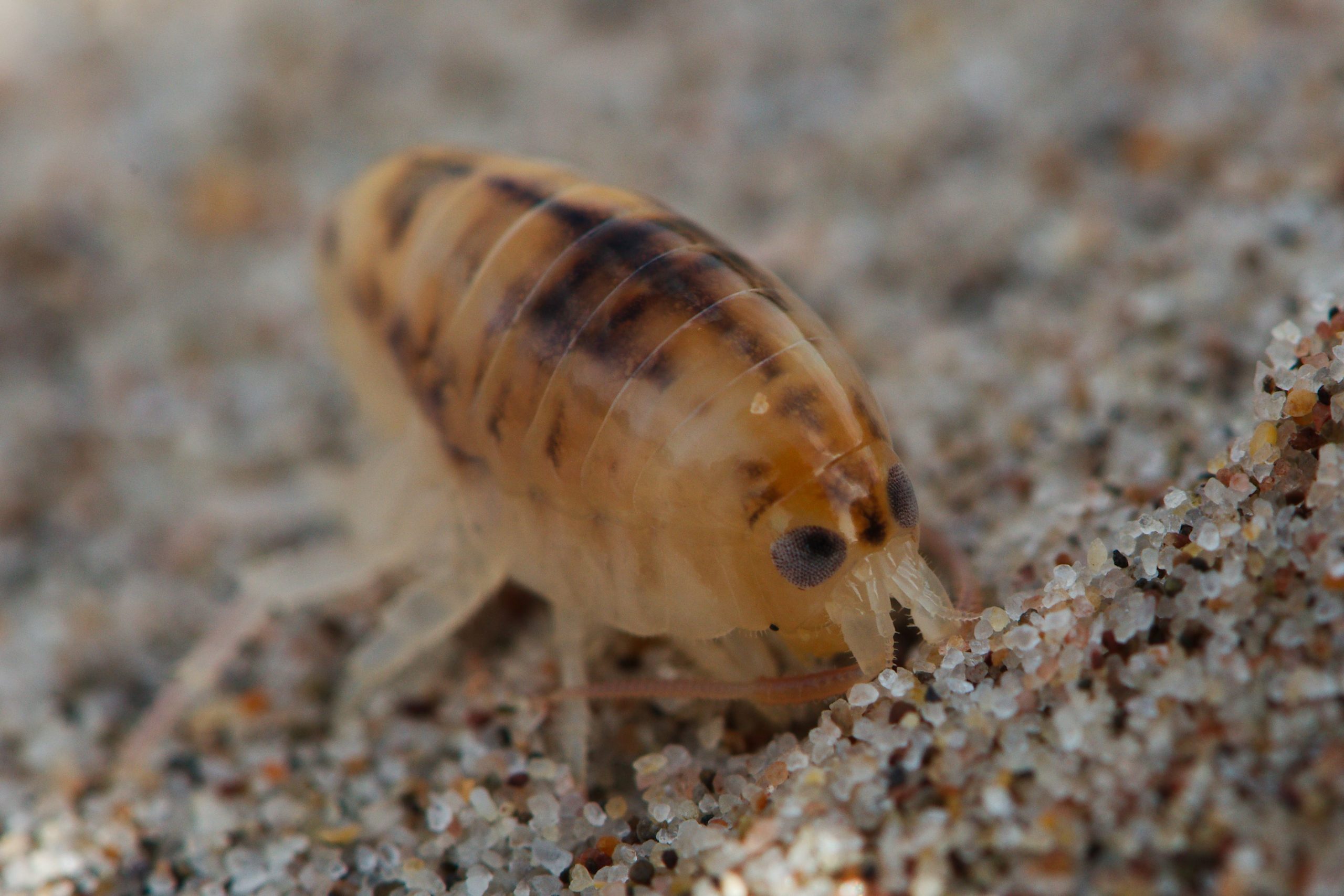
Sandhoppers
Sandhoppers move mainly at night and do not like to be in the hot sun that often shines directly on to the rock pools, therefore they can bury themselves in the sand during the day. (Image credit: Marsupium Photography)
This article was originally published in How It Works issue 14
For more science and technology articles, pick up the latest copy of How It Works from all good retailers or from our website now. If you have a tablet or smartphone, you can also download the digital version onto your iOS or Android device. To make sure you never miss an issue of How It Works magazine, subscribe today!




